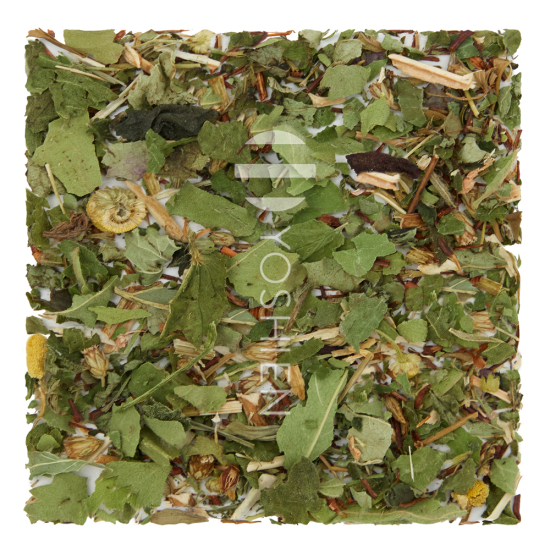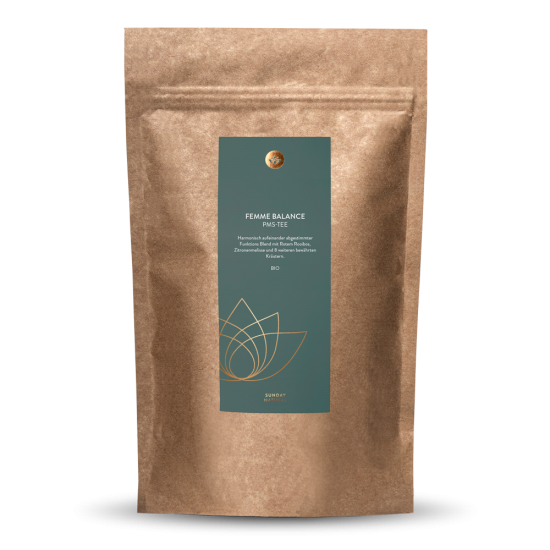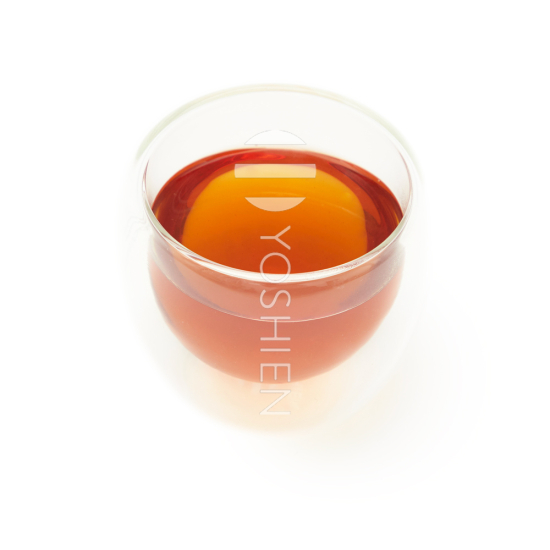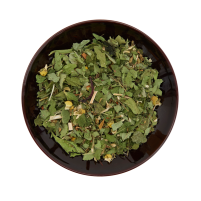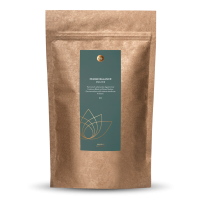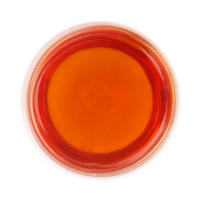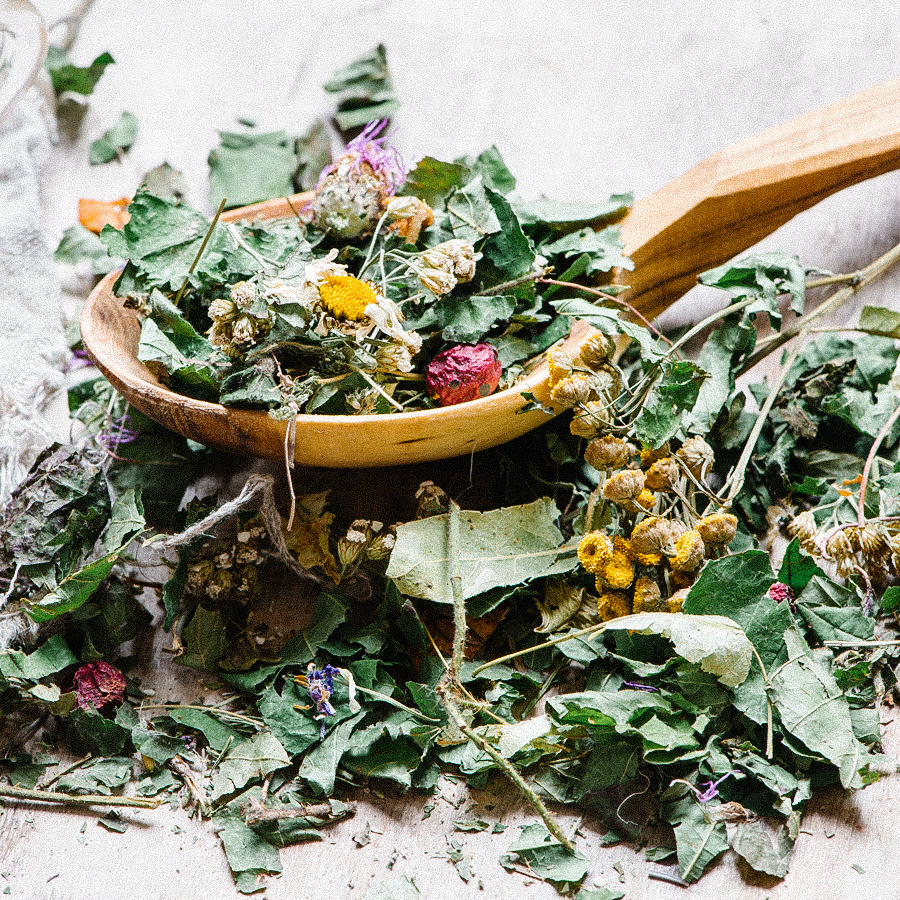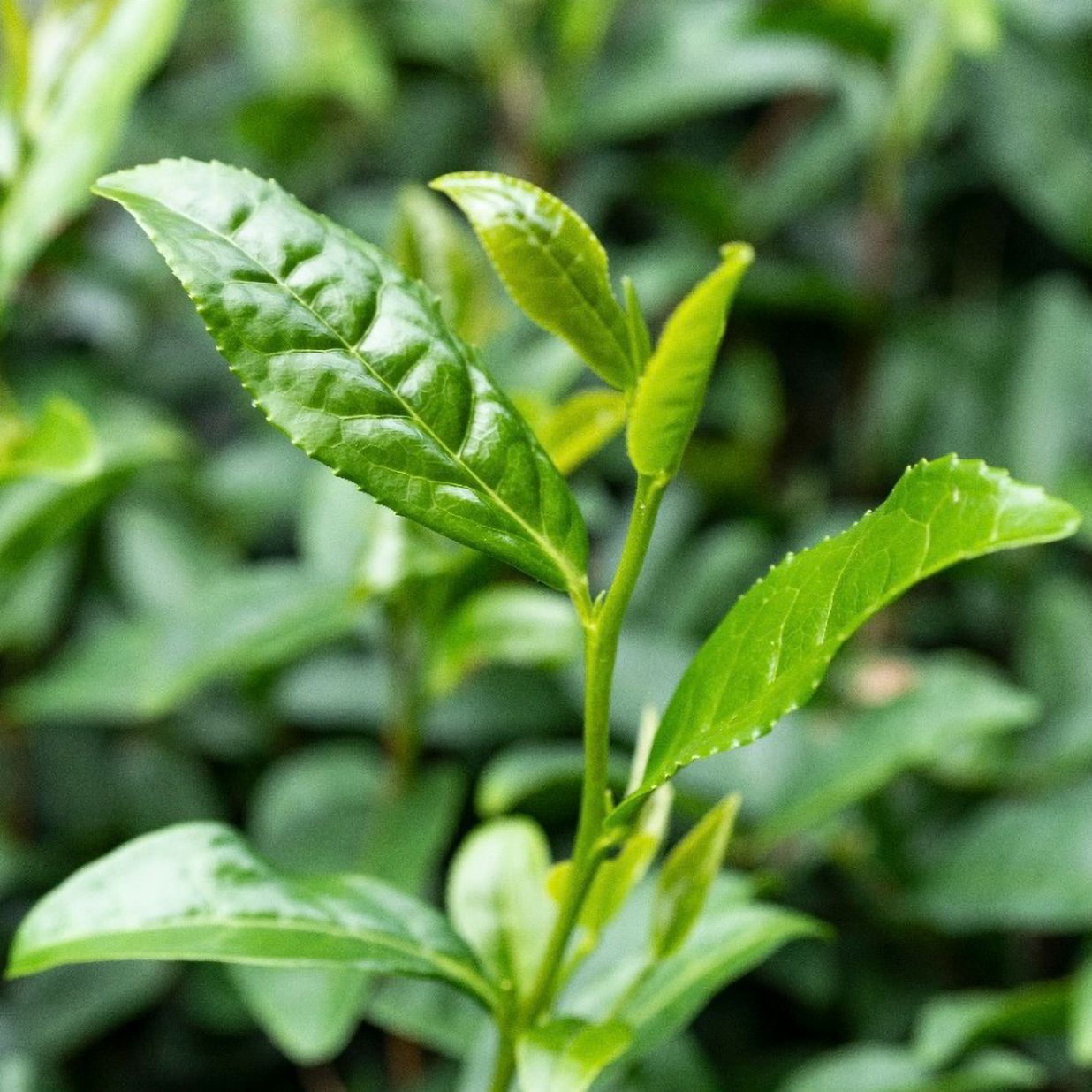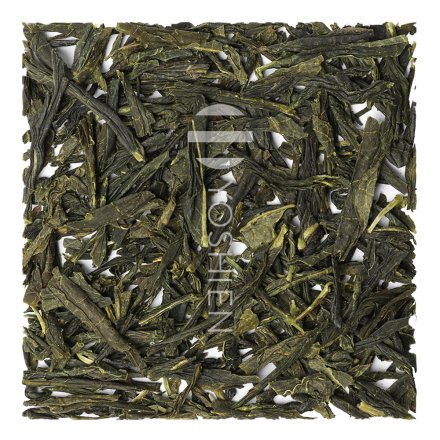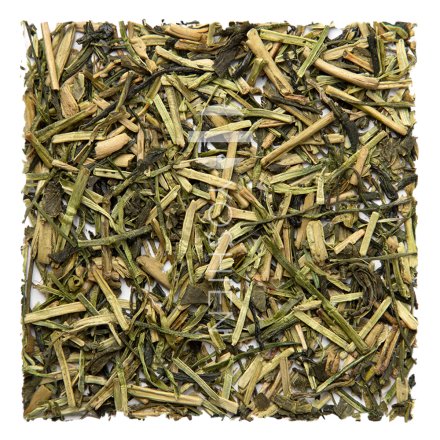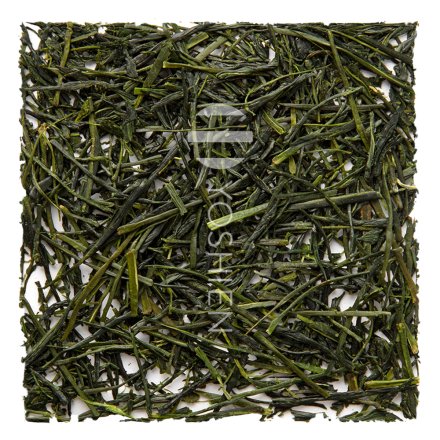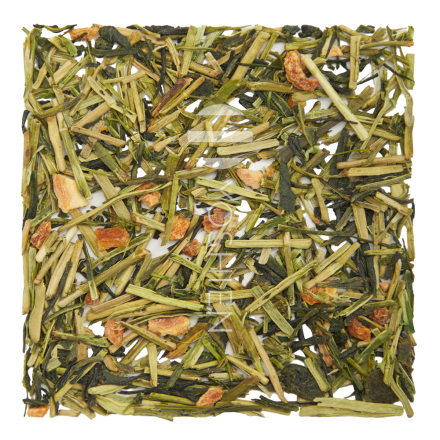YARROW HERB
Yarrow grows across Europe and northern Asia, extending as far north as the Arctic Circle. The resilient perennial endures throughout the year, remaining above the earth's surface even during winter. Its rich heritage in herbalism stretches back to Greek mythology, where yarrow finds mention as a plant used by Achilles. It is from this legend that it derives its Latin name, Achillea millefolium.
LADY'S MANTEL
Lady’s mantle (Alchemilla) belongs to the rose family (Rosaceae). Its species are found across Europe, Asia, and Africa, thriving particularly well in higher altitudes, with around 300 species present in Europe alone. Its name, Alchemilla, speaks for itself and hints at its magical qualities: Since ancient times, the droplets of water that appear on the inner surface of its leaves have been regarded as a healing remedy.
HIBISCUS FLOWERS
Hibiscus (Hibiscus L.) is native to tropical and subtropical regions. Its cooling character has secured it a firm place in traditional herbal lore, and it has become a beloved ingredient in classic fruit teas.
LEMON BALM
Lemon balm (Melissa officinalis) is originally a plant native to Southern Europe. Like many herbs from the south, it was first cultivated in monastic gardens and gradually spread across the whole of Europe. This perennial plant begins to sprout from the ground in March and can grow up to 70 cm tall by July, easily recognised by its distinctive fragrance. Due to its wide range of uses, it became a popular aromatic herb throughout Europe early on. In the Middle Ages, it was grown in every monastery garden, as it was considered especially valuable.
RED ROOIBOS TEA
The shrub-like rooibos plant (Aspalathus linearis) thrives in the hot, arid climate of South Africa’s mountainous regions. Here, its small, needle-like leaves have traditionally been enjoyed as a flavourful tea. Although it contains only a small amount of tannins, it is particularly rich in minerals. Rooibos leaves develop their mild yet intense flavour and their characteristic reddish-brown colour during the fermentation process.
NETTLE LEAVES
The nettle (Urtica dioica, Urtica urens) deserves a place of honour among herbs. With around 70 species found across the globe (everywhere except Antarctica) it is hardy, undemanding, and remarkably effective. It thrives in close proximity to humans, and numerous butterfly species depend on it for survival. Already known in antiquity, nettle was believed to ward off evil.
CAMOMILE FLOWERS
Camomile (Matricaria chamomilla L.) is one of the best-known native plants and has been a staple of herbal medicine for centuries. With the help of humans, camomile has spread across almost the entire globe, with the exception of the African continent. Camomile flowers contain a valuable combination of various plant compounds, which are used in a wide range of applications.
ST JOHN'S WORT
This high-quality St John's wort comes from the Olympus Mountains. It is cultivated directly on Mount Olympus, the mythical seat of the ancient Greek gods. It is grown in untouched nature on wild meadows, using knowledge passed down through generations.
THYME LEAVES
Since ancient times, thyme (Thymus vulgaris) has been valued for its revitalising and strengthening properties. In the Middle Ages, a sprig of thyme was considered a symbol of courage and strength. Thyme was often burned as incense in ceremonies to honour the gods. In traditional herbal practice, thyme has been used for a wide range of applications and remains popular to this day, especially as a fragrant, aromatic herb in Mediterranean cuisine.
CENTAURY HERB
Centaury (Centaurium umbellatum/erythrea) has a rich historical legacy rooted in ancient European and Mediterranean traditions. Its name is derived from the mythological centaur Chiron, a wise healer who, according to legend, used the herb to treat wounds. Centaury was highly regarded in Greco-Roman medicine, with physicians like Dioscorides and Pliny the Elder praising its healing properties. During the Middle Ages, it remained a staple in monastic gardens and was often included in herbal manuscripts as a symbol of purity and therapeutic virtue.



